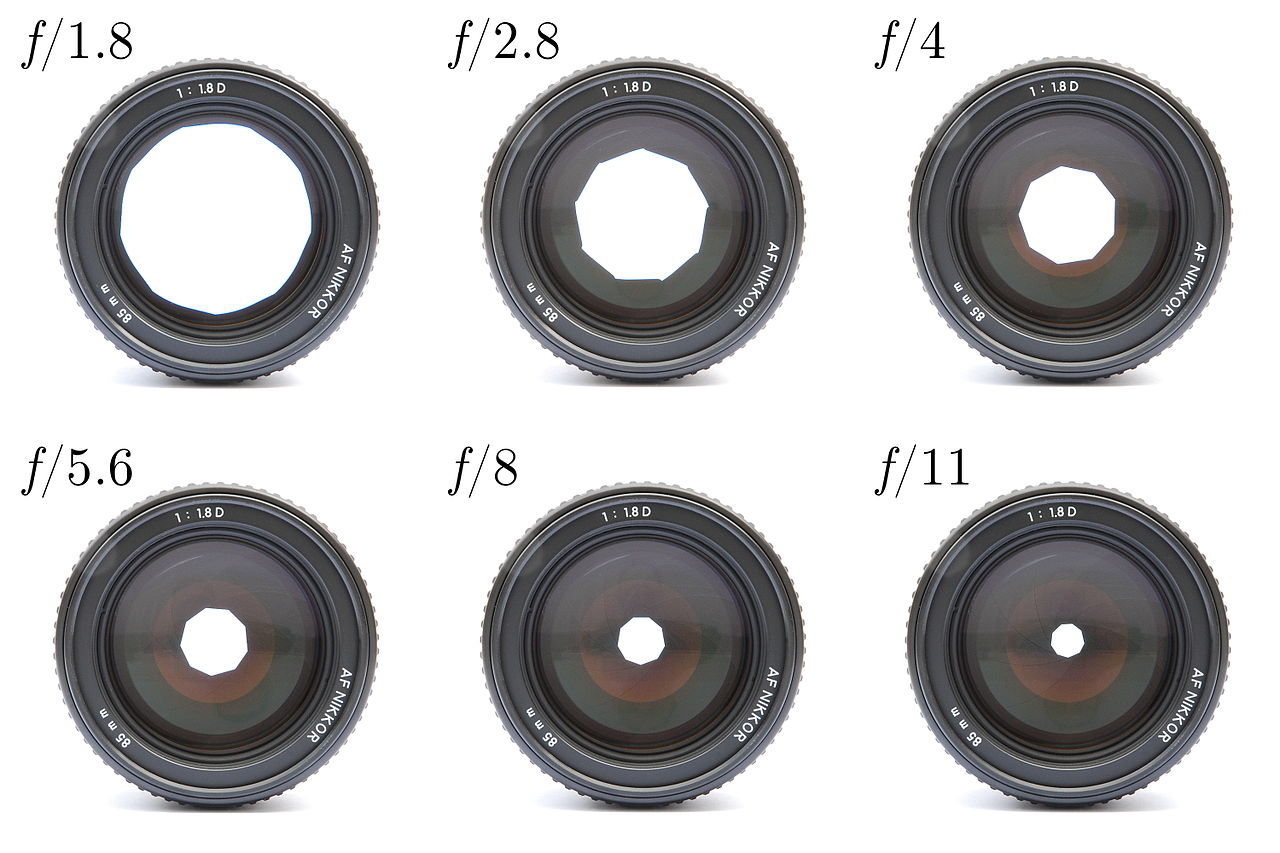Even today, users are still more interested in the number of megapixels contained in a smartphone camera when launching a new flagship of a given manufacturer rather than its other values. After all, it's also a clear marketing move from them, because a higher number simply looks better. However, fortunately, in the product specifications, they also quite often mention one more important factor contributing to the quality of the resulting photos, and that is the aperture.
It can be said that the number of megapixels is the last thing you should be interested in when it comes to the characteristics of smartphone cameras. But the numbers look so good and present themselves so well that it's hard to go after other details. The main thing is the size of the sensor and the individual pixels in connection with the aperture. The number of MPx only makes sense in the case of large-format printing or sharp zooming. After all, the aperture of the smartphone camera controls a large part of the sharpness, exposure, brightness and focus.
It could be interest you

What is an aperture?
The smaller the f-number, the wider the aperture. The wider the aperture, the more light comes in. If your smartphone doesn't have a wide enough aperture, you'll end up with underexposed and/or noisy photos. This can be helped by using a slower shutter speed or setting a higher ISO, but these settings are mostly used on DSLRs, and for example the native iOS Camera doesn't allow these settings, although you can download a veritable number of titles from the App Store that do.

So the advantage of wide apertures is that you no longer need to adjust shutter speed or ISO where the light is lower, which means your camera will be more flexible in different lighting conditions. It is true, however, that this is exactly what various night modes are trying to solve. It is difficult to take pictures of people and movement in general for a long time, moreover, you can shake and have a blurry result. A higher ISO, on the other hand, can lead to a significant amount of noise because you're actually making the sensor more sensitive to the light you're not getting, leading to digital aberrations.
The size of the aperture is also responsible for the depth of field, which results in greater or lesser bokeh, i.e. the isolation of the subject from the background. The smaller the aperture, the more the subject is isolated from the background. It's nice to see with the iPhone 13 Pro and its wide-angle lens when you're trying to photograph a close subject and turn off the macro. Bokeh and the aperture itself is often associated with Portrait mode in this regard. However, it works in software and may show errors. However, if you edit it, you will see the differences.
It could be interest you

Higher MPx and aperture effect
Apple has fixed the resolution of its cameras at 12 MPx, although with the iPhone 14 they are expected to come with an increase to 48 MPx, at least for the Pro models and their wide-angle camera. However, it won't hurt if it can stick to the ideal f-number, which is a really cool ƒ/1,5 on the current Pro model. But as soon as it grows, the increase in MPx is meaningless, if the company does not properly explain its steps to us, which it does more than well. Paradoxically, we could end up with more MPx with a higher aperture number in the newer iPhone generation taking worse photos than fewer MPx with a lower aperture number in the older generation.
 Adam Kos
Adam Kos 

I hate it when the background is loose in photos, it's disgusting! The entire photo should be beautifully sharp and full of details. Hopefully iPhones will come close to that one day. So far, it's just a dummy camera, which also lags far behind the Android competition!
This is complete nonsense. After all, that's why there is, for example, a fully manual mode for DSLRs, where you can set the holy trinity, i.e. aperture, time and ISO. Thanks to this, I can control the depth of field, noise, sharpness of the photo. Photos with a low depth of field, i.e. a blurred background, look very effective, especially in cases where the background is "erased" by optics and not software post processing, as is the case with pidi lenses on mobile phones. Because the problem with these miniature lenses is that they always have a high depth of field and it is necessary to help with software. And it doesn't matter if it's iOS, Android or the once popular compact cameras.
and to the fact that it is about the brightness of the lens and not the aperture, mobile phones (as far as I know) do not have an adjustable aperture, that is, it only leaves the brightness
The aperture of the lens is determined by the design and is actually the lowest possible f-number. With mobile phones, of course, the aperture can be changed, but only electronically, not mechanically, as is the case, for example, with SLR lenses. Of course, the better the aperture (i.e. the lower the lowest possible aperture number), the better and more expensive the lens. Just to give an idea, at Canon, a fixed f/1,8 lens costs about 3000 CZK, a f/1,4 lens costs about CZK 11.000, and a f/1,2 lens costs 40. Also, the brighter the lens, the bigger and heavier it is, the more "glass" it contains
A higher resolution, i.e. more MPx, is important in the case of cutouts from a photo, or the so-called digital zoom, which is actually the same thing. Unfortunately, this causes noise problems with miniature sensor chips. The 12 MPx is absolutely sufficient in most cases.
Iphone never again. Slow down scrap and that price. Xiaomi, much cheaper, takes better photos and the performance is somewhere else. The iPhone is an overpriced slow shunt.
I agree 👌🏻